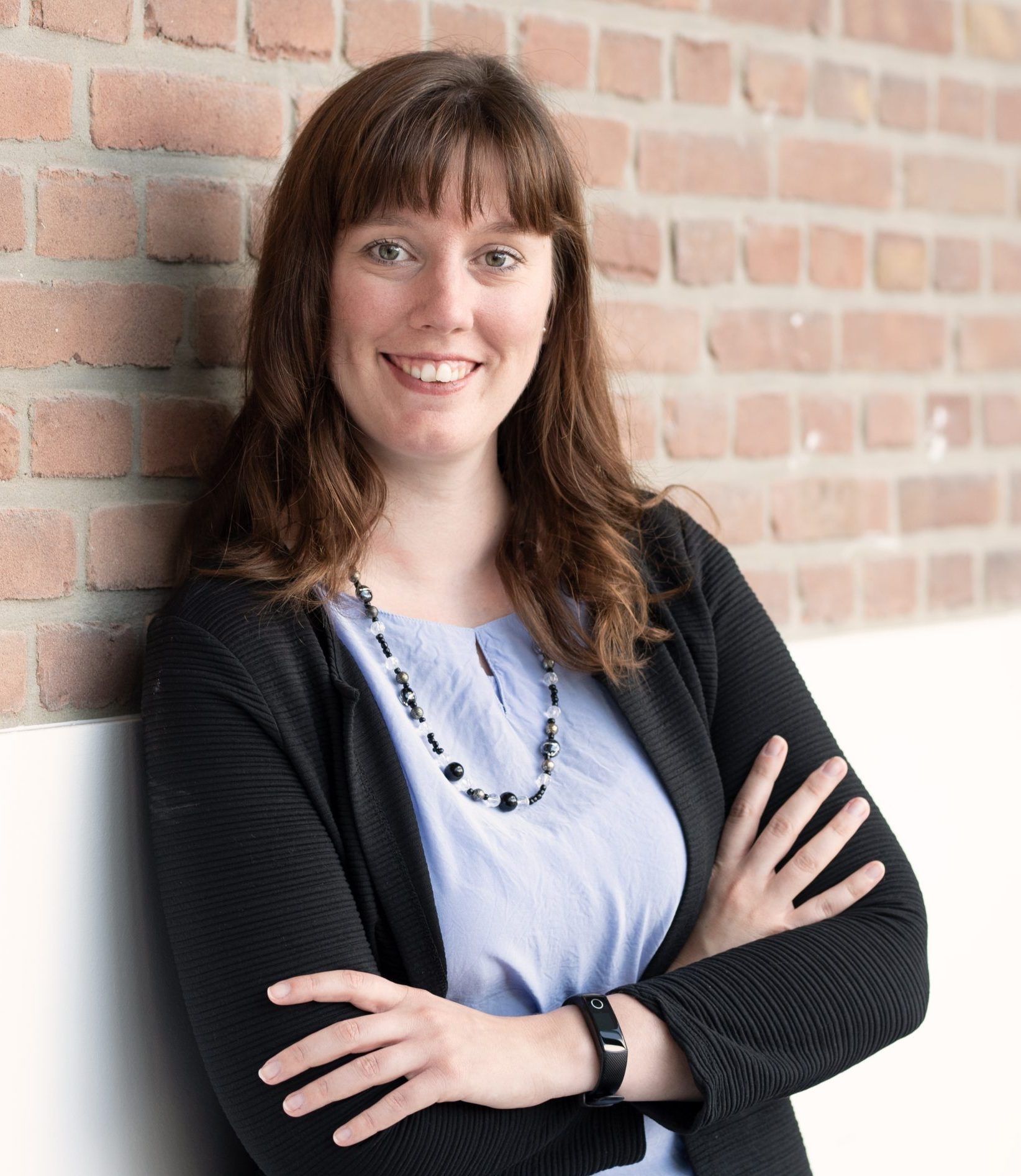Do you get overwhelmed by the daily work, struggles, and sheer volume of information in your job? Do you sometimes feel the urge to just go to a place where there is quiet, no internet, and no expectations? Oh, how wonderful that would be. Would be? How wonderful that is! Because that place does exist and it is already with you. And you can execute it!
If you struggle with a mind full of work, information, to-dos, and endless lists, mindfulness can be a valuable tool for your everyday social media job. Let’s explore how you can integrate the concept of mindfulness into your everyday work and even the social media you are representing.
What is mindfulness?
Mindfulness isn’t a new concept. The buzz word has been around for a while and the real ideas behind being mindful have been a part of different cultures for even longer. The words and ideas from which mindfulness stems are rooted in the Buddhist religion. Different meanings have been added to the translation of mindfulness. Generally, it is believed that that the idea of mindfulness originally combines the concept of remembering that all feelings, skills etc. are in relative value and that mindfulness has a calling to cultivating morality. In todays world, mindfulness is often believed to be a state of bare attention.
Today, there is no one set definition of mindfulness. For our purposes we will consider the following definition by J. Kabat-Zinn: “Paying attention in a particular way: on purpose, in the present moment, and nonjudgmentally.” This means we are looking at a mindfulness practice.
Why adopt a mindfulness practice in social media work?
Social media is a fast-paced, high-intensity, and high-volume information job. Working with and in social media can take a toll on different energies in our (work) lives: a lot of brain power, creative energy, strategic and analytical thinking and a strong presence. In all of this, it might be a challenge to take care of ourselves during our work, but also to stay focused and level-headed in dealing with professional crisis.
Mindfulness practice can help in centering our energy and thoughts, thus teaching us to be present in a situation instead of letting our mind wander to the catastrophe or problem that is heading our way. In practicing a present moment and purposeful way of reacting, we are reducing our stress and helping our body and mind to stay calm, which gives us an opportunity to make better decisions for ourselves and our community.
How do I practice mindfulness in everyday work?
Taking purposeful breaks.
If you are working on a screen most of your day, try and schedule breaks every two hours. The break should be around 10 minutes long and take place away from the screen. You can vary what you do in those breaks. In order to create a mindfulness practice, your breaks could include:
- Short meditations
- Breathing exercises
- Movement
- Quiet time
- Short naps
Schedule your breaks into your work day like appointments. That will help you to actually take the breaks seriously. Breaks are not a “nice to have” thing, but a necessity to keep your mind and body healthy.
Be an explorer.
When working with different people (clients, co-workers etc.) and going through so much information on social media, it can be challenging to keep your cool and not drift into a negative spiral of judging people. Judging is a normal way of processing situations and information, because it helps us to make sense of things. However, this can lead to extra stress and negativity. Instead, try an explorer mindset. This will help you to shift from a judging standpoint to a view of curiosity and awareness without having to place your opinions. Viewing a situation or person as “interesting” can help you to stay more positive, open, and present.
Set an intention.
When starting your work day, take a moment to take a few deep breaths and set an intention for the day. What is your purpose and how does it make you feel? Throughout the day, check in with yourself and your intention. Attention: An intention is not to be misunderstood as a to-do item. An intention is more emotional, purpose driven and has a higher quality. An intention could be: “Today I am focusing on having open communication.”
Work with your phase.
Everything in life and work is a phase. There is a time for strategizing and planning, a time for execution, and a time for enjoyment. Try to differentiate those phases and act accordingly. If you are in execution, try to focus on the present, without constant worry of the future. If you have planned, stick to the plan and let in unfold. Control what you can control, and that is mainly your mindset and reaction.
Use routines.
Routines sound amazingly boring, don’t they? However, routines are a safe way to create a framework for your mind and body. Through routines at the beginning and end of the work day, your mind and body learn the signals to start getting into work mode, as well as start relaxation mode. Practicing these routines help stabilize the message towards your mind and body and give peace of mind. Tip for an after-work routine: End the day by cleaning up your work space. Put away any non-essential items, shut off your devices, and clear the clutter from the desk and your mind by writing down anything your want to remember for the next day. No need to keep it in your head!
Mindfulness can be an effective way of emptying your full mind and focusing on the important, present moment. It is easy to integrate and can be done by many people. And as always in work and life: Practice makes perfect!

Her passion for organization and solving problems benefits Magdalena’s work as a consultant and in coaching private clients as well as small businesses in diverse areas connected to work life – from job changes to social media marketing. In her business, ArbeitsLeben Magdalena often helps clients to reduce stress and gain more balance through organization and personal and professional coaching. Her goal is to educate, to encourage, and to empower her clients.
You can connect with Magdalena through her social media channels:
Twitter
LinkedIn
Facebook


0 Comments